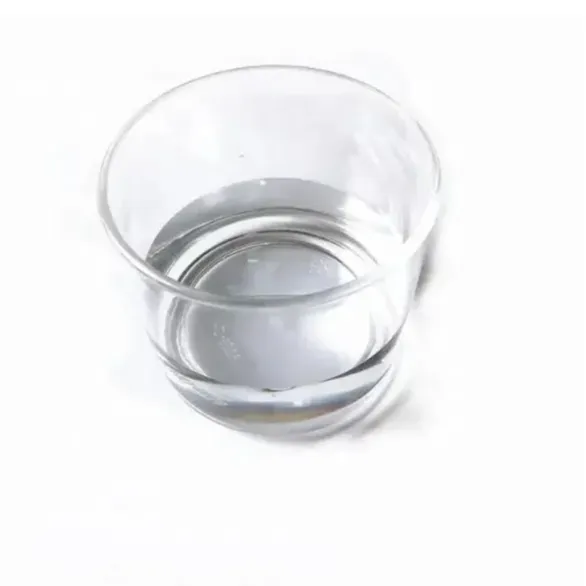Warning: Undefined array key "title" in /home/www/wwwroot/HTML/www.exportstart.com/wp-content/themes/1198/header.php on line 6
Warning: Undefined array key "file" in /home/www/wwwroot/HTML/www.exportstart.com/wp-content/themes/1198/header.php on line 7
Warning: Undefined array key "title" in /home/www/wwwroot/HTML/www.exportstart.com/wp-content/themes/1198/header.php on line 7
Warning: Undefined array key "title" in /home/www/wwwroot/HTML/www.exportstart.com/wp-content/themes/1198/header.php on line 7
- Afrikaans
- Albanian
- Amharic
- Arabic
- Armenian
- Azerbaijani
- Basque
- Belarusian
- Bengali
- Bosnian
- Bulgarian
- Catalan
- Cebuano
- China
- China (Taiwan)
- Corsican
- Croatian
- Czech
- Danish
- Dutch
- English
- Esperanto
- Estonian
- Finnish
- French
- Frisian
- Galician
- Georgian
- German
- Greek
- Gujarati
- Haitian Creole
- hausa
- hawaiian
- Hebrew
- Hindi
- Miao
- Hungarian
- Icelandic
- igbo
- Indonesian
- irish
- Italian
- Japanese
- Javanese
- Kannada
- kazakh
- Khmer
- Rwandese
- Korean
- Kurdish
- Kyrgyz
- Lao
- Latin
- Latvian
- Lithuanian
- Luxembourgish
- Macedonian
- Malgashi
- Malay
- Malayalam
- Maltese
- Maori
- Marathi
- Mongolian
- Myanmar
- Nepali
- Norwegian
- Norwegian
- Occitan
- Pashto
- Persian
- Polish
- Portuguese
- Punjabi
- Romanian
- Russian
- Samoan
- Scottish Gaelic
- Serbian
- Sesotho
- Shona
- Sindhi
- Sinhala
- Slovak
- Slovenian
- Somali
- Spanish
- Sundanese
- Swahili
- Swedish
- Tagalog
- Tajik
- Tamil
- Tatar
- Telugu
- Thai
- Turkish
- Turkmen
- Ukrainian
- Urdu
- Uighur
- Uzbek
- Vietnamese
- Welsh
- Bantu
- Yiddish
- Yoruba
- Zulu
វិច្ឆិកា . 07, 2024 20:54 Back to list
Understanding the Fire Safety Risks of Propylene Glycol in Various Applications
Understanding the Fire Risks of Propylene Glycol
Propylene glycol, a colorless and odorless liquid, is widely used in various industries, including food, pharmaceuticals, and cosmetics. Its properties make it an effective solvent, humectant, and emulsifier. However, despite its beneficial applications, there are important safety considerations to bear in mind, particularly regarding its flammability.
What is Propylene Glycol?
Propylene glycol, or 1,2-propanediol, is a synthetic organic compound derived from petrochemical sources. It is known for its low toxicity, making it a preferred choice for many applications. In food products, it is often used to retain moisture and improve texture, while in pharmaceuticals, it serves as a carrier for active ingredients. Additionally, it is a component in antifreeze solutions and is utilized in various industrial processes.
Flammability of Propylene Glycol
While propylene glycol is considered to have low volatility, it is important to note that under certain conditions it can pose fire hazards. The flash point of propylene glycol is approximately 100°C (212°F), which means it can ignite if it comes into contact with an open flame or spark at elevated temperatures. This flash point indicates that, while it is less flammable than many solvents, it can still catch fire if not handled properly.
In practical terms, this means that businesses and individuals working with propylene glycol must take adequate precautions to minimize the risk of fire. Proper storage methods, such as keeping the chemical in tightly sealed containers away from sources of ignition, are essential in mitigating potential hazards.
Fire Risk Management
propylene glycol fire

To ensure safety when using propylene glycol, several key practices should be adopted
1. Storage Always store propylene glycol in a cool, dry place away from heat sources. Utilize containers that are specifically designed to hold chemicals and ensure that lids are secure to prevent leaks.
2. Handling When working with propylene glycol, it's crucial to wear appropriate personal protective equipment (PPE). This includes gloves, goggles, and flame-resistant clothing. Ensure adequate ventilation in the area where propylene glycol is being used, as vapors can accumulate and increase fire risk.
3. Emergency Procedures Familiarize yourself with the appropriate emergency procedures in case of a fire. This includes knowing how to use fire extinguishers and having an evacuation plan in place. Employees should be trained on these procedures regularly to ensure they can act swiftly and effectively.
4. Monitoring Regular inspections of storage areas for signs of leaks or signs of thermal instability will help in early detection of potential issues. Keeping an eye on the integrity of storage containers and the overall housekeeping of the area can greatly reduce the risk of a fire.
5. Compliance Adhere to local and national regulations regarding the storage and handling of flammable materials. Many areas have specific guidelines which provide further measures to enhance safety, including limits on the quantities that can be stored.
Conclusion
While propylene glycol is a useful substance with numerous applications, it is not without risks, particularly regarding fire safety. Understanding its properties and implementing strict safety protocols can significantly reduce the potential hazards associated with its use. By being vigilant and proactive in the management of propylene glycol, individuals and businesses can enjoy its benefits while minimizing risks to health, safety, and property. Remember, awareness is the first step in preventing fire-related incidents, and education on the proper handling of such materials plays a pivotal role in workplace safety.
Latest news
-
Certifications for Vegetarian and Xanthan Gum Vegetarian
NewsJun.17,2025
-
Sustainability Trends Reshaping the SLES N70 Market
NewsJun.17,2025
-
Propylene Glycol Use in Vaccines: Balancing Function and Perception
NewsJun.17,2025
-
Petroleum Jelly in Skincare: Balancing Benefits and Backlash
NewsJun.17,2025
-
Energy Price Volatility and Ripple Effect on Caprolactam Markets
NewsJun.17,2025
-
Spectroscopic Techniques for Adipic Acid Molecular Weight
NewsJun.17,2025

